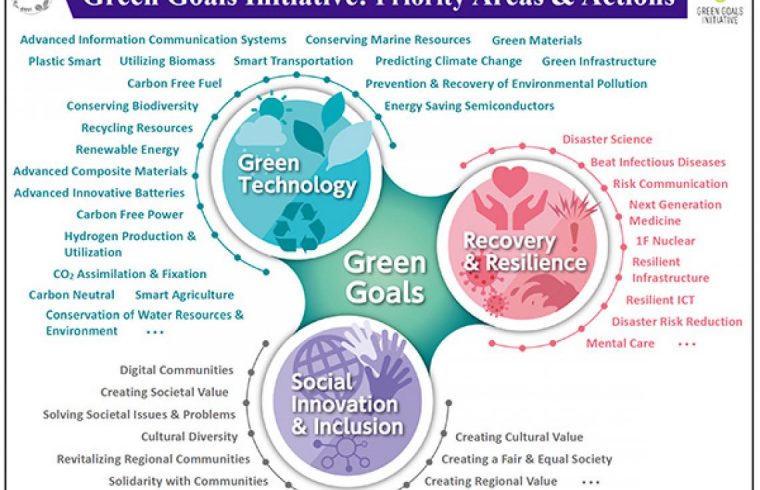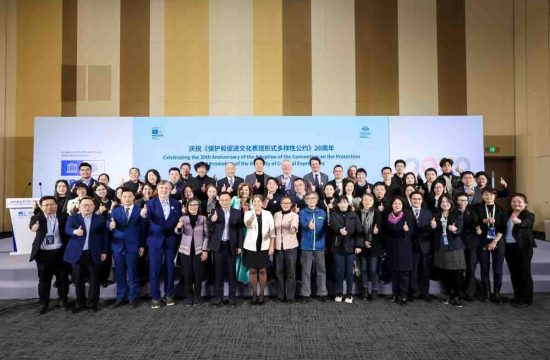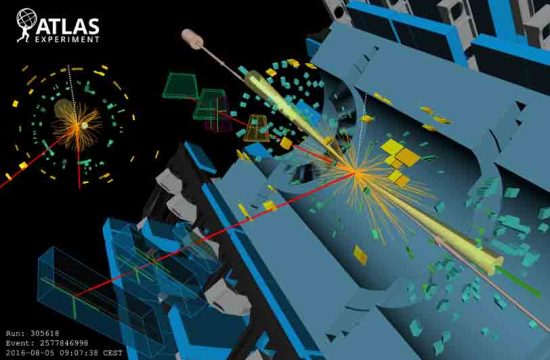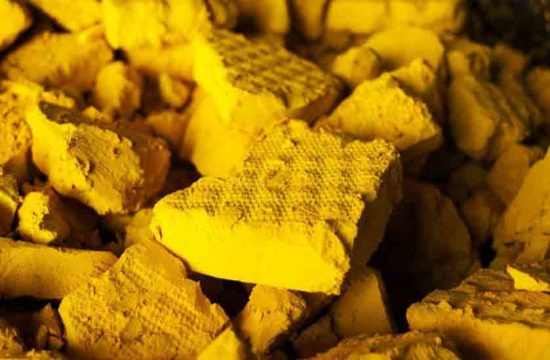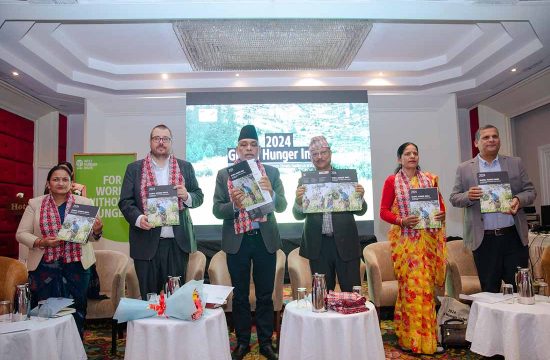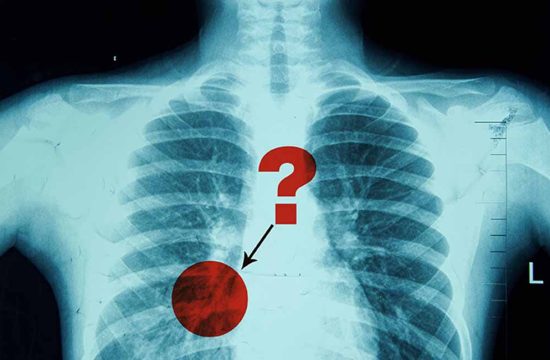The Tohoku University has announced its new Green Goals Initiative, which includes developing green technology and promoting resilience and social Innovation. It also hopes to achieve carbon neutrality on campus by 2040.
Tohoku University President Hideo Ohno and Executive Vice President for Co-creation, Disaster Reconstruction and Regeneration Keiichi Sasaki met with media to unveil more details of the university’s new Green Goals Initiative.
The initiative, which was first introduced in April, aims to realise a green and resilient future by leveraging the university’s research capabilities, extensive international network and experience in disaster mitigation and innovative solutions. It will also shine a spotlight on its myriad research projects that promote the United Nations’ Sustainable Development Goals (SDGs).
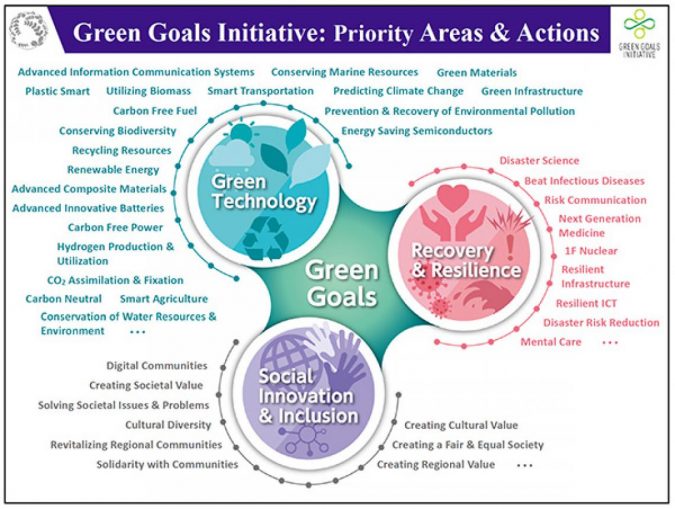
Since the Great East Japan Earthquake and Tsunami of 2011, Tohoku University has been involved in some 30 projects under the category of “research with social impact,” that have contributed to the recovery and reconstruction of Japan’s devastated Northeast region. As 10 years have now passed, there is a sense that more can be done to address environmental and social issues on a global scale.
Under the Green Goals Initiative, Tohoku University will engage in joint research with top institutes and companies from around the world, as well as promote industry-academia-government collaboration and social co-creation.
The Tohoku University Green Future Research Organisation will also serve as a clearing house for the university’s various research projects related to SDGs, disseminating information and facilitating connections and collaborations.
“Simply put, Tohoku University is committed to further developing green technology, contributing to recovery and resilience, and promoting social Innovation and inclusion,” said President Ohno. “We will of course continue our work helping with the reconstruction of the region, but there will be a wider, more global, focus on disaster risk reduction, the fight against diseases, climate change and the realization of a green society.”
According to Sasaki, there are several hundred research projects related to SDGs currently being done at Tohoku University, such as a Moonshot project that proposes using rhizobia in agricultural soil to reduce greenhouse gases, and a study of combustion using liquid ammonia as fuel.
On campus, the university is working towards carbon neutrality by 2040. “Our hope is that by 2030, we can reduce greenhouse gas emissions on our campuses by 50 percent compared to 2013,” said President Ohno. “And by improving operational efficiency through digital transformation, our ultimate goal is to achieve zero emissions by 2040.”
Students too, will have a role. To create a strong foundation, the university will introduce new undergraduate courses on SDGs in the upcoming fall and spring semesters. Students in their 3rd and 4th year will be able to take courses on topics such as sustainability and social co-creation; global governance and sustainable development; the current status and challenges of achieving SDGs; and system design for a sustainable society.
The media conference was followed by a kick-off symposium for the Tohoku University Green Future Research Organization, titled “Green Goals: Challenges and Goals for a New Era.” The online event featured a series of Japanese language videos-on-demand to help members of the community learn more about SDGs and the green work being done at the university.


